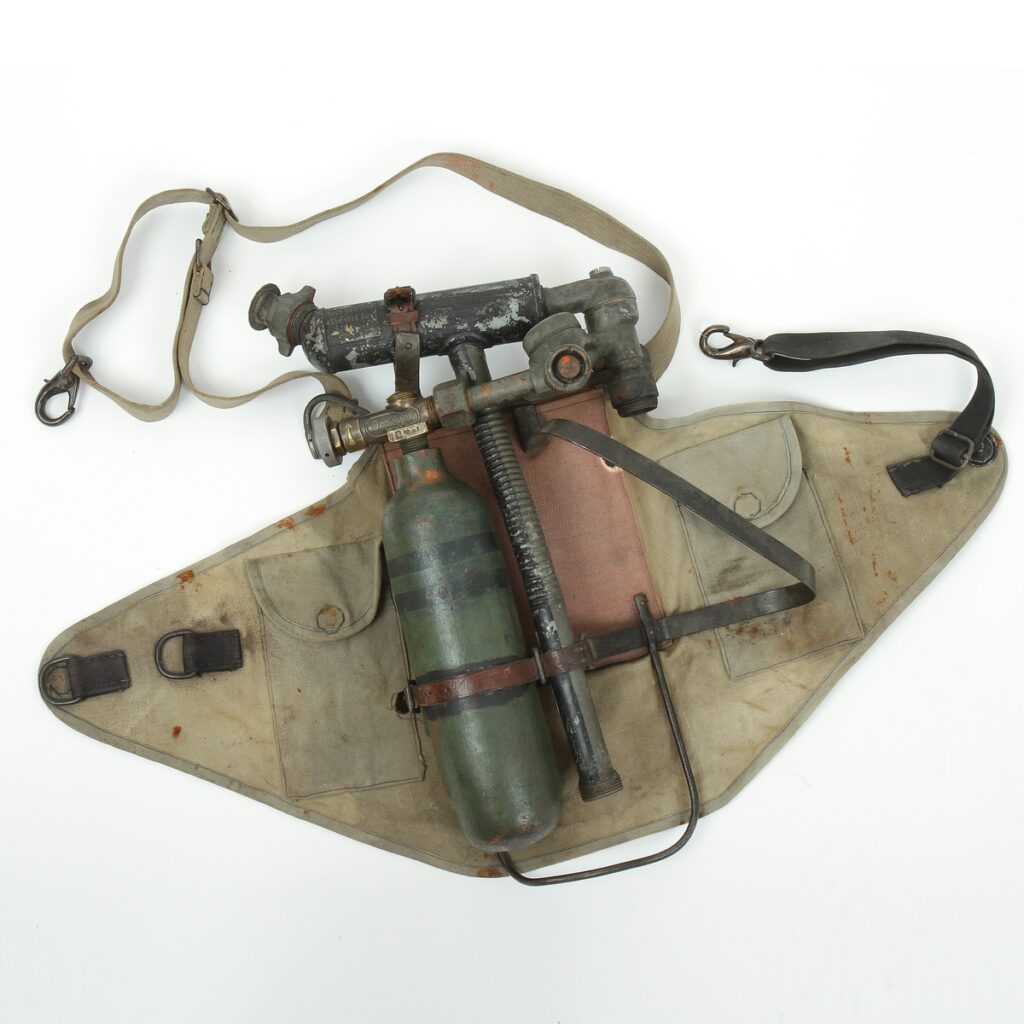
12 German Military Breathing Apparatus Draeger HSS, c. 1916
Fotogalerie
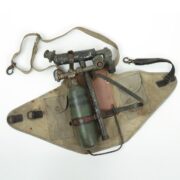
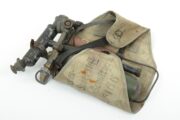
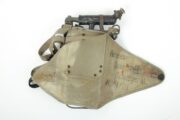
Only the torso of the device has survived, consisting of a steel oxygen cylinder, a valve chamber and a cloth belt used to secure the device to the body.
Protective isolation devices are used in environments where protective masks with filters cannot be used because of the low oxygen concentration in the atmosphere. Oxygen for breathing must be supplied by a device that includes an oxygen storage tank. However, it is also used when the removal of pollutants from the air by filtration is difficult or impossible. These devices were first developed in the mid-19th century for use in mines and by the outbreak of WWI, armies had established designs at their disposal. They could replace, at least initially, protective equipment against certain assault gases and were used even in environments with high concentrations of carbon dioxide (covered, unventilated areas where gunpowder was burned).
In 1916, the German company Dräger in Lübeck developed the Heeres Sauerstoff-Schutzgerät. The device weighed about 7.5 kg and was worn with a belt attached to the side. It consisted of an oxygen cylinder (about 120 litres of compressed oxygen), a valve chamber with inhalation and exhalation valves, an absorber, a breathing bag, guide tubes (cooling tubes and breathing tubes) and a mouthpiece or mask (military protective masks were used). The oxygen supply to the breathing bag was operated by a valve as needed, which required good training and knowledge. The oxygen continued through a cooling tube into the valve chamber. The exhaled air went from the valve chamber to the absorber where carbon dioxide was regenerated, i.e. removed. Trained units could operate this equipment underground and on the surface for up to one hour. Around 16,000 of these were produced for the army during World War I.
Aktuálně
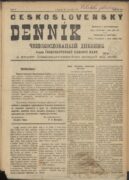
Československý deník sehrál v životě legionářů v Rusku velmi důležitou roli. Poprvé vyšel v prosinci 1917

Děkujeme za podporu pro válečné veterány. Sbírka DiGiMÁK vynesla 450 tisíc korun
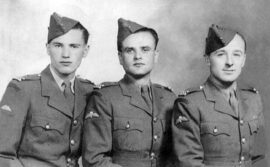
Tak trochu zamrzlé spojení
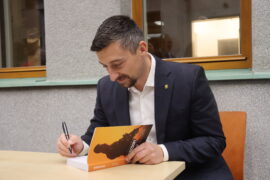
Válečný veterán Petr Matouš pokřtil v Armádním muzeu Žižkov svou knihu. Patronkou je i ministryně obrany Jana Černochová








